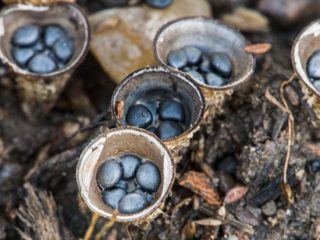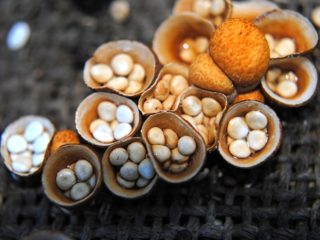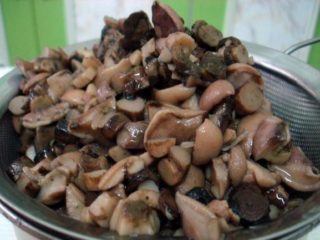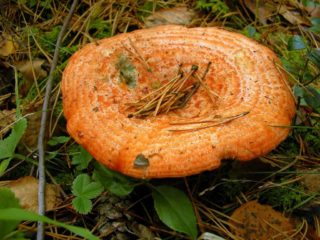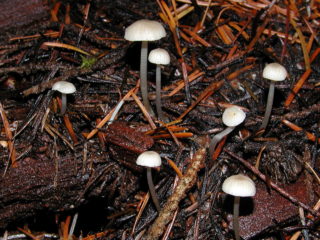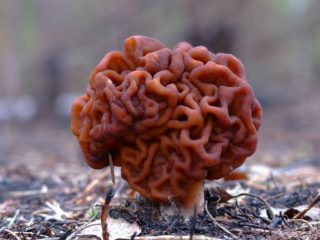Content
The striped nest or goblet is known in mycological reference books under the Latin name Cyathus striatus. Mushroom of the genus Kiatus from the Champignon family.
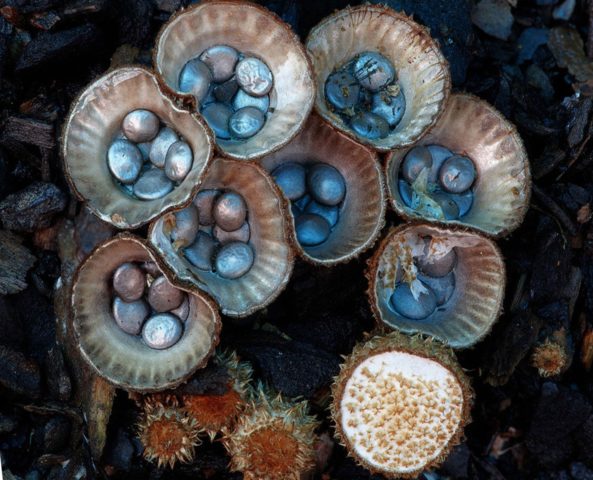
Mushroom with an unusual exotic appearance
Where the striped glass grows
The species is quite rare, but unpretentious to the substrate. The main distribution is in Western Siberia, less often in the European part, it grows only in the temperate climatic zone. The main fruiting occurs at the end of August, some specimens are found in October. The striped glass forms dense, numerous groups. Found in all types of forests, mycelium is located on decaying wood, deadwood, coniferous or decayed leaf litter, on decayed soil along the sides of forest roads.
What does a striped glass look like?
A rather unusual outwardly mushroom without a leg. The form changes throughout the growing season:
- At the beginning of growth, the fruiting body is in the form of a closed ball with elongated felt filaments of mycelium at the base. The surface is dark yellow, dense structure, covered with large brown hairs.
- At the next stage of development, the upper part turns white, becomes flat. As the ball expands, a dense, whitish, soft and durable film appears.
- Then the epiphragm settles, breaks, leaving flocculent residues on the corrugated walls, the fruit body becomes the shape of an inverted cone.
- Adult mushrooms are cupped with a glossy dark gray ribbed inner part and a fleecy coating along the edge. The outer surface darkens and turns brownish brown.
- At the bottom of the bowl, oblong storage areas for spores are formed, tightly attached to the bottom by threadlike strands.
- When the fungus is covered with an epiphragm, the peridioli are white, as they mature, they become steel-colored with a pearlescent hue. In adult specimens, spore-bearing storages are black; passages for the release of spores are formed in them.
- The latter are in powder form, light cream or white.
The pulp of the fruiting body is thin, firm, brown in color, with a tough fine-fiber structure. The optimal size that an adult striped glass reaches is 1.5 cm in height and 1 cm in diameter.
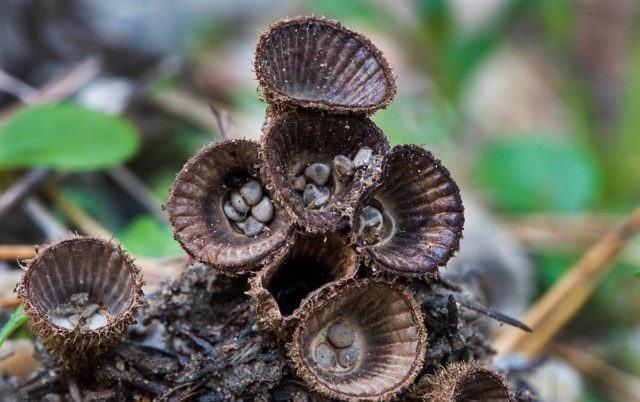
The shape of the fruit body resembles a bird's nest.
Is it possible to eat a striped glass
The species is rather small with a thin, tough pulp, apparently does not arouse gastronomic interest. The glass has no nutritional value, its composition has not been fully studied.
Conclusion
A rare small striped glass grows only in temperate climates in all types of forests, unpretentious to the composition of the soil. Fruiting in autumn, abundant - from August to October. The exotic appearance of the fruiting body with tough thin pulp does not represent nutritional value, the mushroom is inedible.
